Hahoe Mask Museum (하회세계탈박물관)
2024-05-29
206 Jeonseo-ro, Pungcheon-myeon, Andong-si, Gyeongsangbuk-do
+82-54-853-2288
Hahoe Mask Museum is located in Andong Hahoe Village, a representative traditional Korean folk town that is the home of the Hahoe Mask (National Treasure) and the Byeolsin Gut Mask Dance (Important Intangible Cultural Property). The museum displays not only Hahoe masks, but also other traditional masks from all over the world.
The museum consists of five permanant exhibition halls and one special exhibition hall, housing a wide range of masks from all over the world along with Hahoe masks. The museum also offers activity programs such as wearing a mask, mask trick art, photo zone, and more.
Beautiful Tea Museum (아름다운 차박물관)
2022-07-26
19-11, Insadong-gil, Jongno-gu, Seoul
+82-2-735-6678
Located in Insa-dong, The Beautiful Tea Museum aims to promote Korean tea culture. It preserves and exhibits tea related utensils and items, featuring those from the ancient Gaya and Joseon period as well as items from abroad such as China and Tibet. The museum also displays original tea pots and other ceramics made by young artists and ceramists. Inside the museum is a tea house named "Tea Story," serving a wide variety of teas. Visitors can also purchase tea leaves from all over the world at the Tea Shop.
Cheonggyecheon Museum (청계천박물관)
2021-11-02
530, Cheonggyecheon-ro, Seongdong-gu, Seoul
+82-2-2286-3410
Cheonggyecheon Museum officially opened in October 2005. The museum’s long, glass exterior represents the flowing waters of Cheonggyecheon Stream, which runs through the heart of Seoul. The museum has a permanent exhibition hall, special exhibition hall, educational hall, and an auditorium. The museum contains visual representations of Seoul before and after the transition of Cheonggyecheon Stream. The permanent exhibition hall was remodeled in October 2015, and now offers even more ways to view the history of Seoul as shaped by Cheonggyecheon Stream.
Heojun Museum (허준박물관)
2021-08-13
87, Heojun-ro, Gangseo-gu, Seoul
+82-2-3661-8686
The Heojun Museum opened in honor of the academic accomplishments and charitable deeds of the renowned medical scientist, Heojun of the Joseon dynasty. Located next to Heojun Neighborhood Park, the museum collects and displays Heojun related materials.
Jeju National Museum (국립제주박물관)
2021-08-06
17, Iljudong-ro, Jeju-si, Jeju-do
+82-64-720-8000
Opened on June 15, 2001, Jeju National Museum is a history museum that displays, preserves and studies Jeju Island’s historical and cultural assets. Jeju National Museum houses various remains excavated from ruins, including meaningful relics from the prehistoric age through to the Joseon dynasty. It boasts unique traditional culture and holds special exhibitions each year.
Tteok Museum (떡박물관)
2021-09-29
71, Donhwamun-ro, Jongno-gu, Seoul
+82-2-741-5447
The Tteok Museum displays over 2,000 Korean kitchen utensils and tteok (rice cake) related items, arranged by various themes. The displayed utensils are handmade household necessities that are ingenuous, yet reveal the lifestyle of the working class. The elderly may relive fond childhood memories and the younger generation can experience the wisdom of ancestors through the rare kitchen utensils.
Leeum, Samsung Museum of Art (삼성미술관 리움)
2022-12-15
60-16, Itaewon-ro 55-gil, Yongsan-gu, Seoul
+82-2-2014-6901
Leeum, Samsung Museum of Art, exhibits traditional and modern art works by Korean and international artists. The museum itself is just as fascinating as the art works on display, since the museum's three buildings were designed by internationally renowned architects Mario Botta, Jean Nouvel, and Rem Koolhaas.
MUSEUM 1 houses traditional Korean art, such as calligraphy, paintings, ceramic arts, and metal craftwork, while MUSEUM 2 displays modern and contemporary art by both Korean and international artists.
Convention and Exhibition Center (COEX) (한국종합무역센터(코엑스))
2022-12-16
513, Yeongdong-daero, Gangnam-gu, Seoul
+82-2-6000-0114
The Convention and Exhibition Center (COEX) was established on September 7, 1988 as a large-scale business town for domestic and overseas businessmen. Business operations can be managed easily as assembly halls, exhibition halls, the Korean City Air Terminal, InterContinental Hotel, and Hyundai Department Store are gathered in one spot.
A 57-story building contains 20 trade organizations including the Korea International Trade Association (KITA), as well as 250 companies and financial institutions. Convention and Exhibition, which houses three specialized exhibition halls and permanent exhibition halls, is composed of a four-story main building and three-story extension.
An underground passageway connects COEX Mall, completed in 2000, and Bongeunsa Temple to the north with Samseong Station (Seoul Subway Line 2). Additional facilities for culture, pleasure, and shopping make COEX a must-visit attraction.
Mok-A Museum(MOKA) (목아박물관)
2022-09-01
21, Imunan-gil, Yeoju-si, Gyeonggi-do
+82-31-885-9952
Mok-A Museum, designated as intangible cultural asset No. 108, was established by Park Chan-su with the purpose of handing down traditional Buddhist art and traditional woodcraft techniques. The four-story museum contains an outdoor sculpture park.
The exhibition displays that remain include Buddhist statues, paintings, and sculptures, as well as the works of director Park Chan-su, including many Buddhist woodcrafts. The outdoor sculpture park displays Buddhist statues such as Mireuksamjondaebul, Birojanabul, Baeuigwaneum, and a three-story pagoda.
Gyeonggi Gugak Center (경기도 국악당)
2021-11-26
89, Minsokchon-ro, Giheung-gu, Yongin-si, Gyeonggi-do
+82-31-289-6400
Gyeonggi Gugak Center opened in July 2004 to promote various traditional Korean culture as well as vitalize the traditional arts. The center consists of a concert hall and educational facilities, constantly upgrading to become a cutting edge facility.
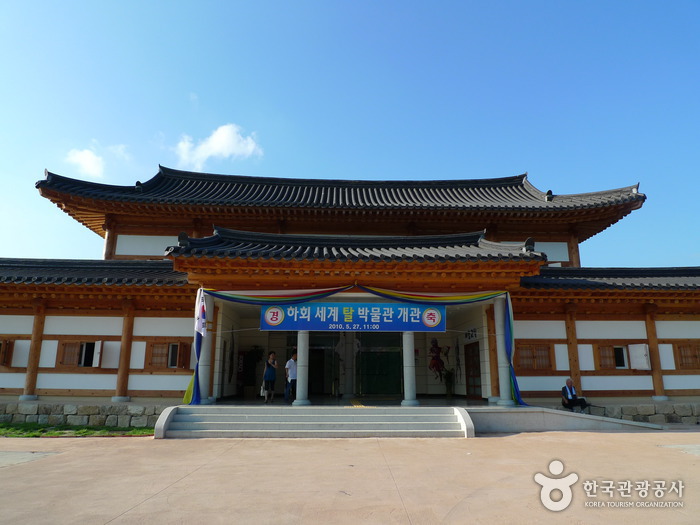
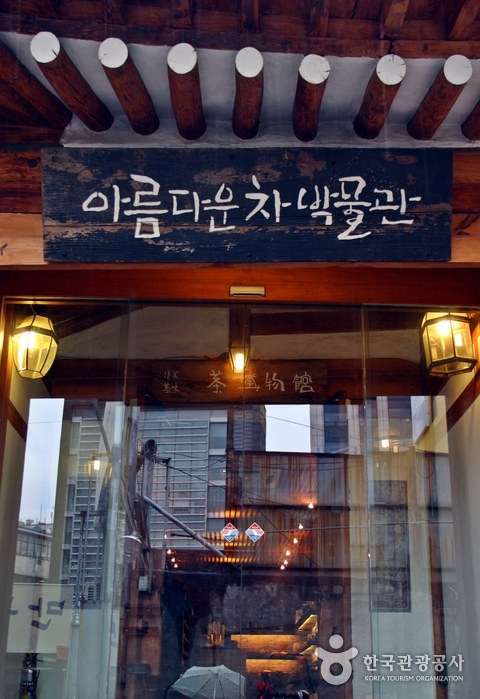
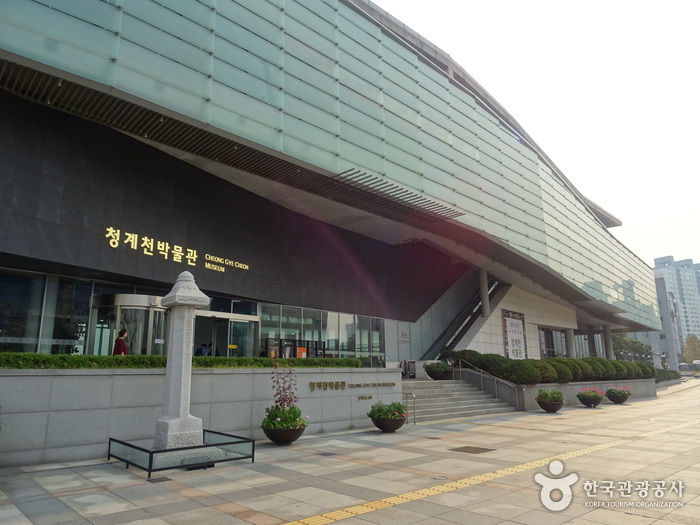
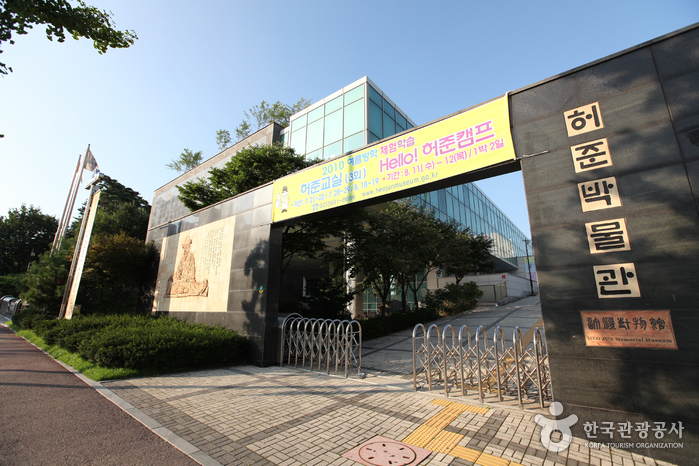
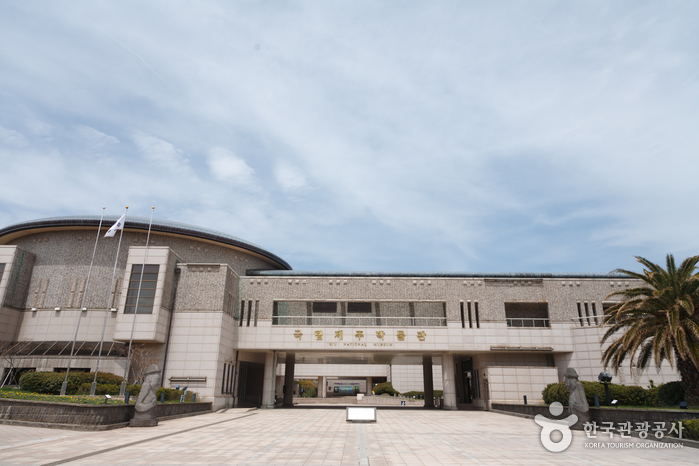
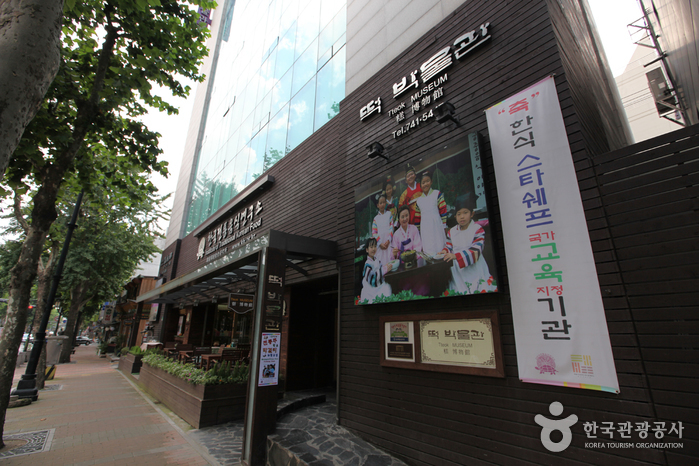

 English
English
 한국어
한국어 日本語
日本語 中文(简体)
中文(简体) Deutsch
Deutsch Français
Français Español
Español Русский
Русский